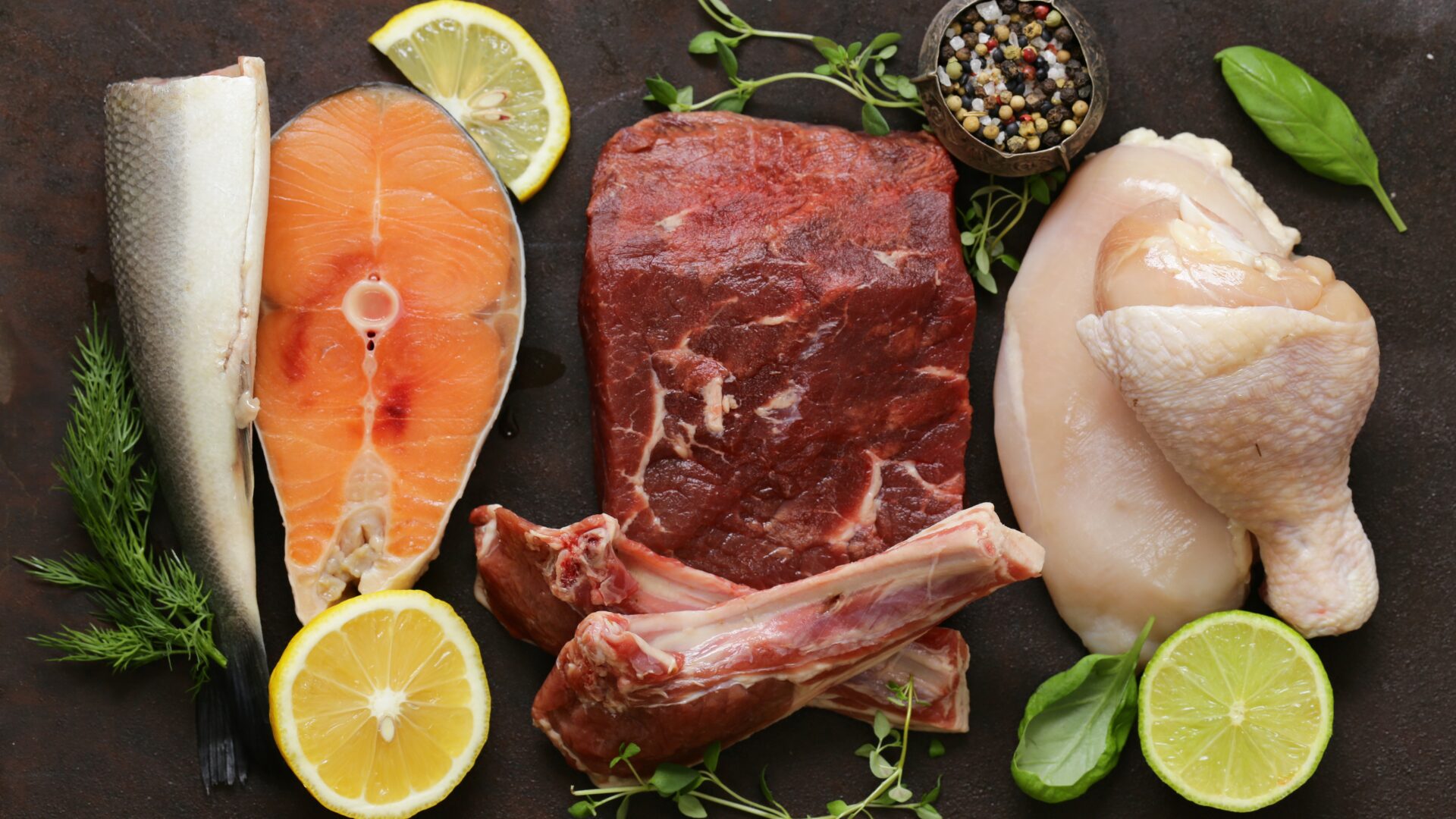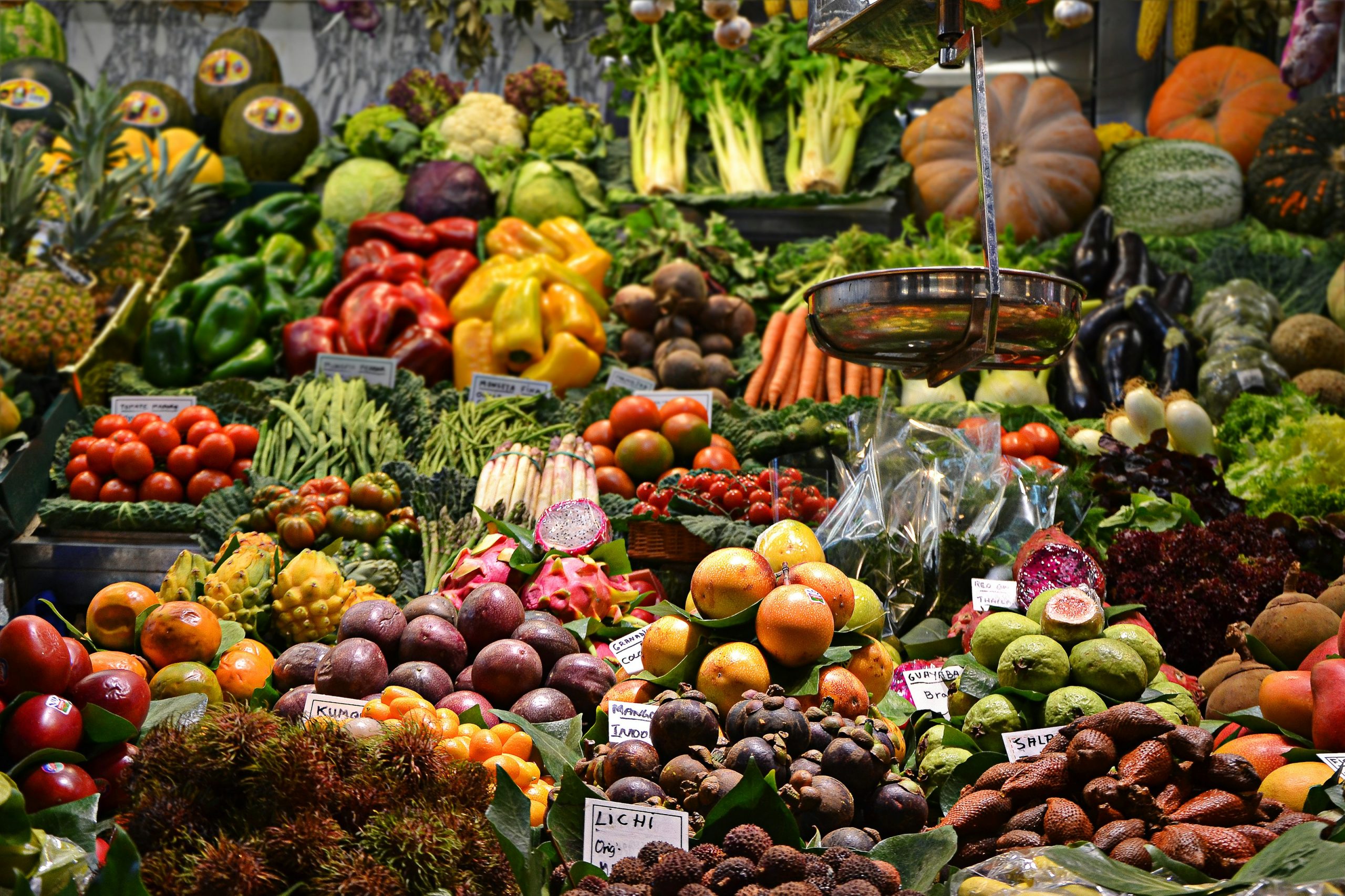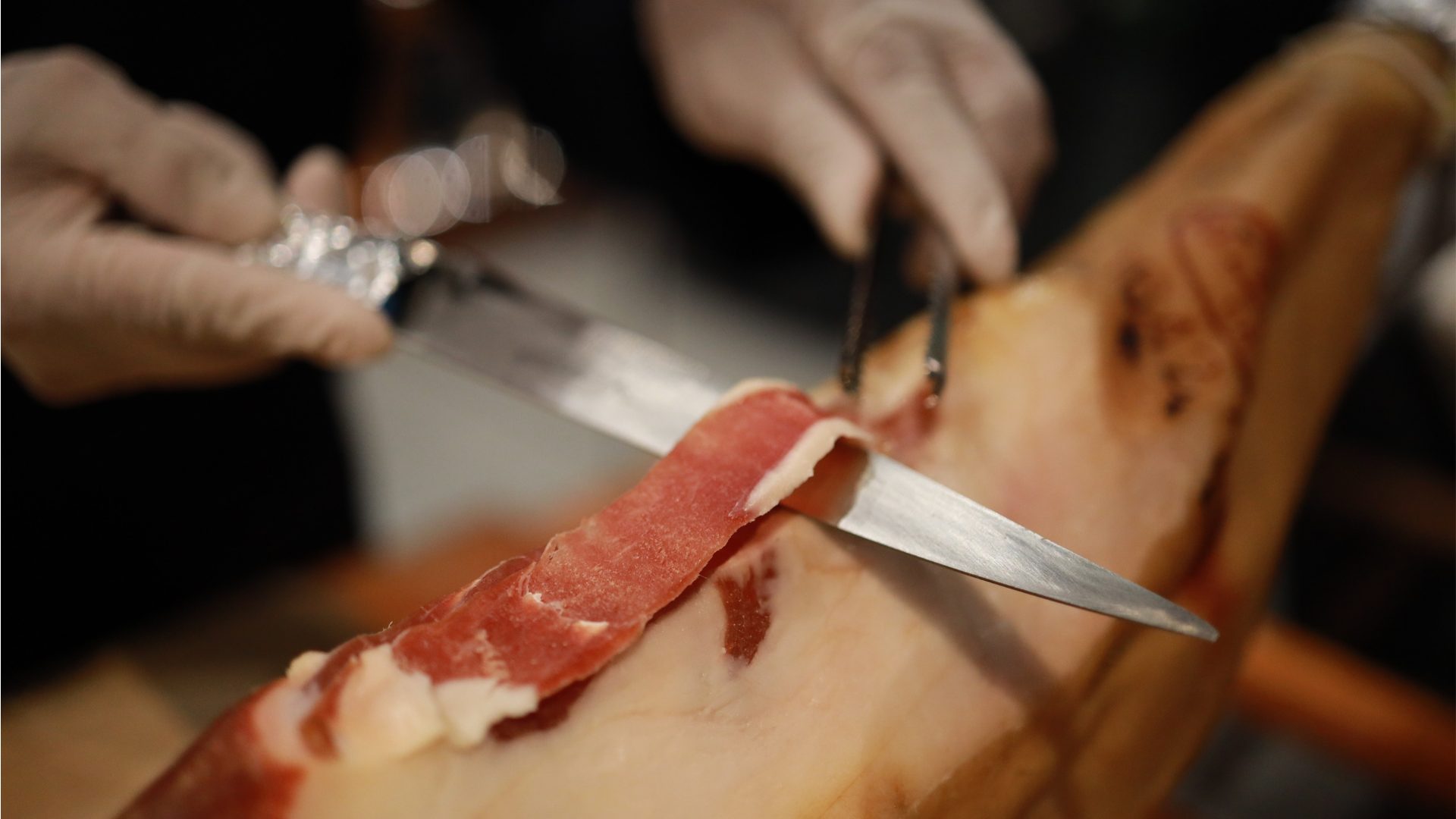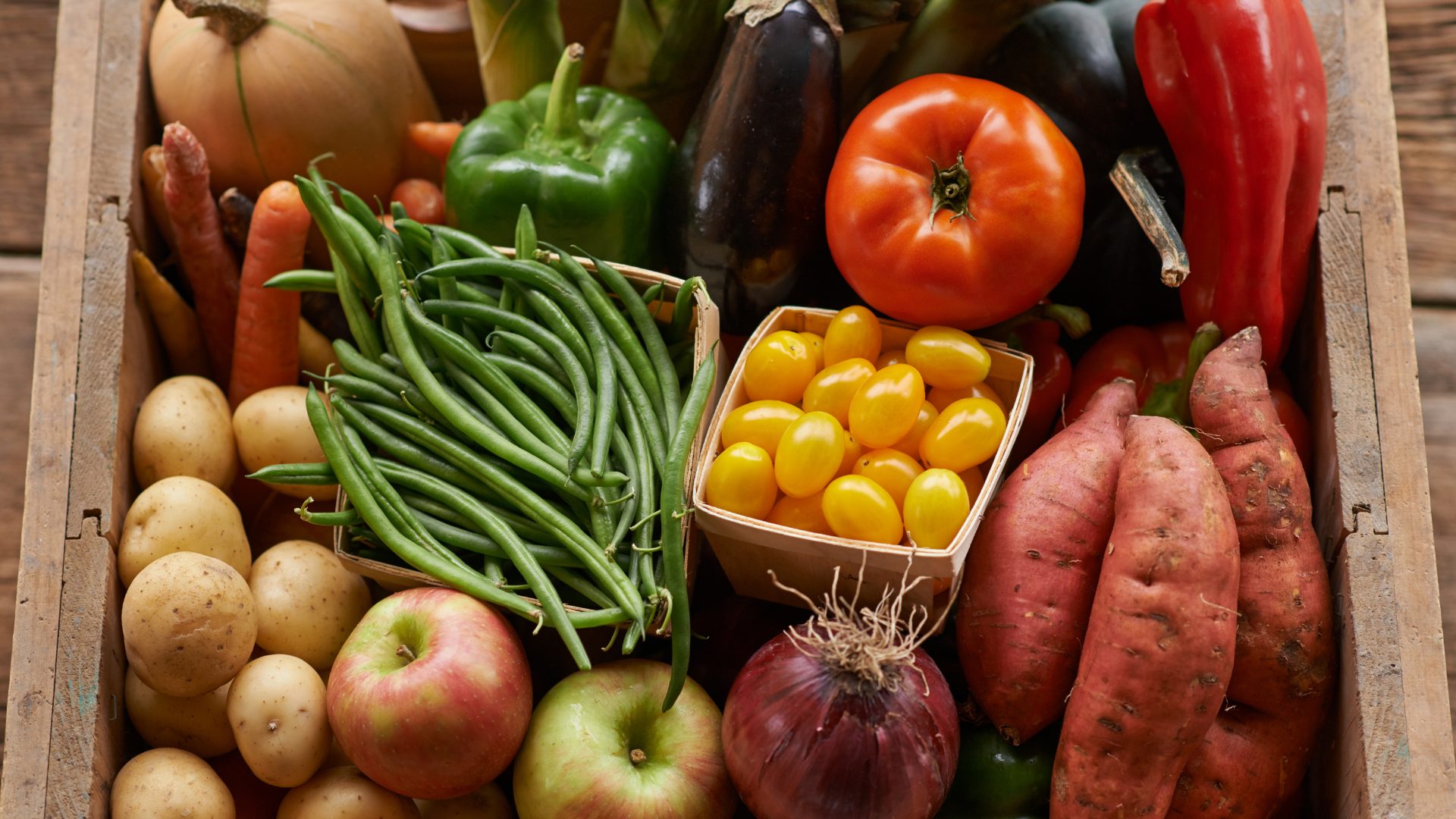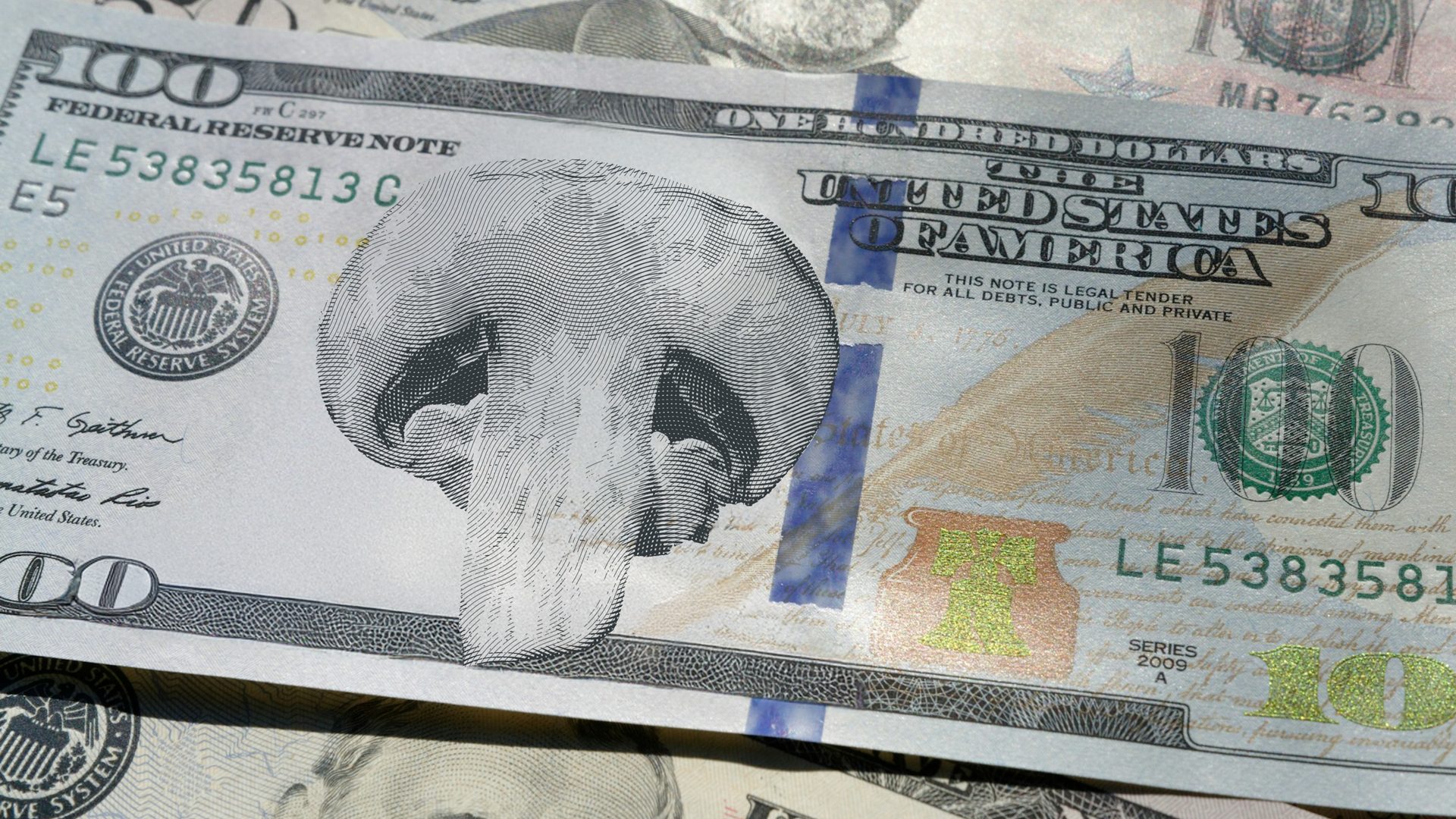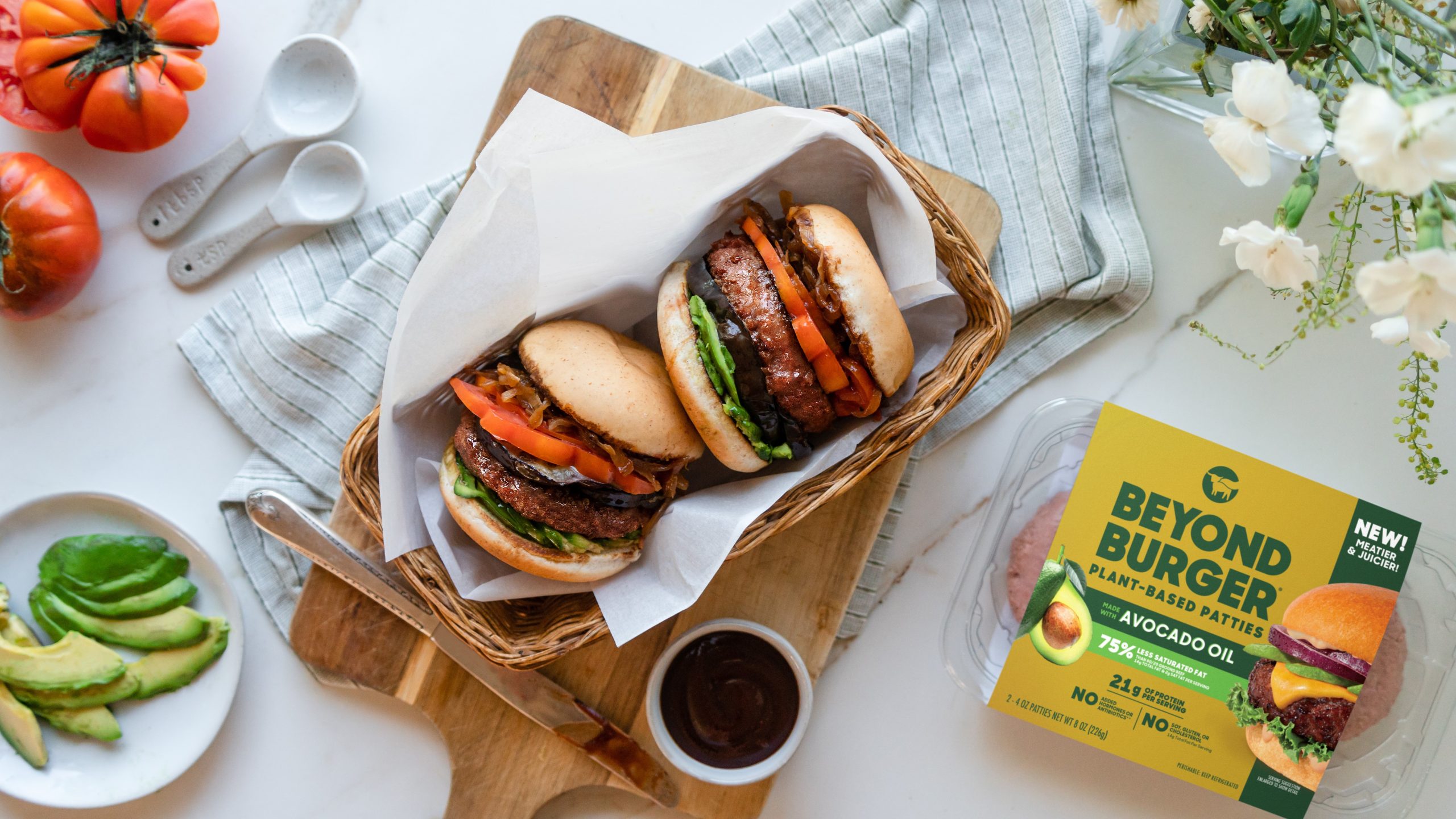Restaurateurs and others in the foodservice industry are looking for alternatives to deal with record beef prices, including changes to menus and recipes, and even raising their own beef supplies, experts told The Food Institute.
“When your costs are climbing that fast, you’re left having to make some tough calls. Do you raise prices, shrink portions, or rethink the menu entirely?” said Nicholas Scalisi, founder at Rancher’s Reserve.
“At our restaurants, Fern and Steak Shop in West Palm Beach, we’ve been able to soften the blow a bit by vertically integrating with our own ranch, Rancher’s Reserve. It gives us more control over quality, consistency, and supply, which has been a game-changer in times like these.”
Ground beef hit a record $5.98 a pound in May, according to the Consumer Price Index. Beef and veal prices are up 8.6% from last year, compared to 2.9% for food prices overall.
Milos Eric, co-founder of OysterLink, said even before the current spike, a lot of restaurants had already started focusing more on chicken because of inflation.
But of course, now these prices are hitting restaurants even more, especially steak and burger concepts. Some steakhouse operators had to redesign their menu, with smaller portions or cheaper cuts, to maintain margins.
One silver lining, experts said, is that restaurants can spin the shift as a move toward healthier, lighter options. By focusing more on chicken and cutting back on red meat, they can rebrand it as a wellness-driven menu change, even if it’s really about staying afloat.
To try to keep a lid on prices, Walmart opened its first beef facility in Kansas, cutting out the middleman. The facility will process and distribute Angus beef obtained from Sustainable Beef LLC to 600 Midwest stores.
“This is the first case-ready facility fully owned and operated by Walmart, and that milestone ensures we’re able to bring more consistency, more transparency and more value to our customers,” Walmart U.S. Executive VP John Laney said in a statement.
The soaring prices are being driven by a perfect storm: tighter cattle supply across the board while feed and labor costs continue to rise.
Add to that ongoing supply chain challenges, “and it’s no surprise beef prices are climbing the way they are. It’s a tough climate for producers and buyers alike,” Scalisi said.
During the pandemic, ranchers reduced their herds because of problems obtaining feed and getting animals to market. The herd now is the smallest it has been since the 1960s, at 27.8 million head, while the U.S. population has increased by about 50%. Weather also has been a factor and now tariffs are threatening to push prices even higher.
Premium beef is feeling even more pressure, said Golan Haiem, CEO at Destination Wagyu.
“Wagyu supply is already constrained by longer feed cycles, higher production costs, and limited distribution,” Haiem said. “While mainstream beef prices have surged, Wagyu producers were already operating at tight margins, so price volatility has an even bigger impact.
“Restaurants that serve high-end beef are responding by reducing portion sizes, rotating in lower-cost cuts, or introducing blended menu items to manage costs without compromising quality.”
Haiem predicted that unless supply stabilizes and feed costs come down, the situation could extend 12 to 18 months more.
The Food Institute Podcast
Several economic headwinds indicate the consumer is being financially stretched, but we all need to eat – so what are consumers actually buying at the grocery store? Nik Modi of RBC returns to The Food Institute Podcast to discuss channel differentiation, consumer product selection, and other macro trends.


